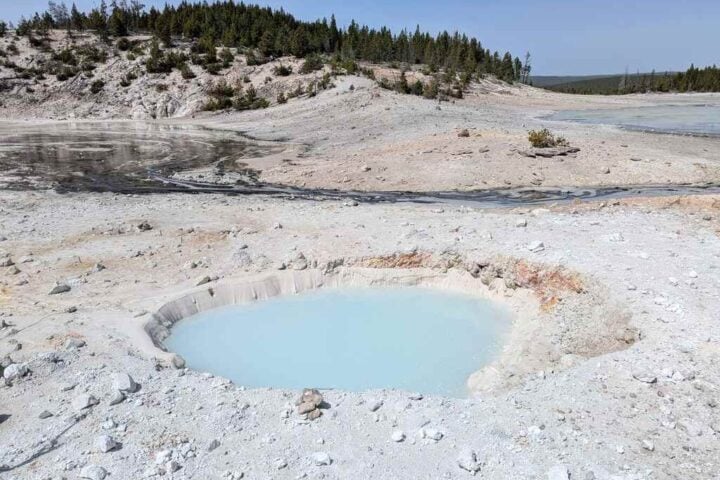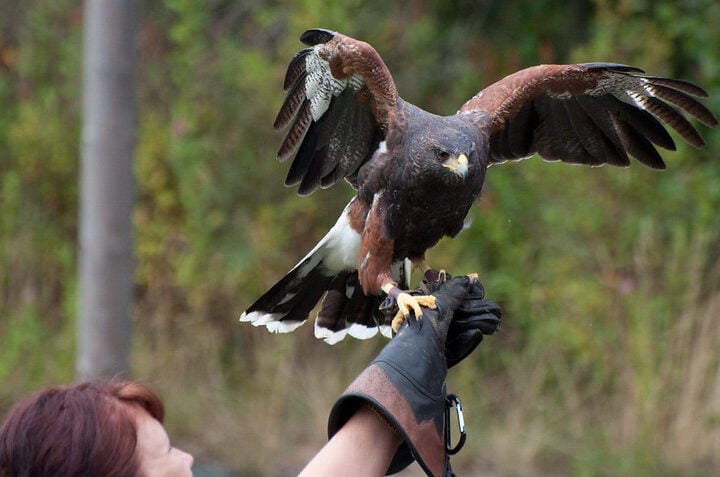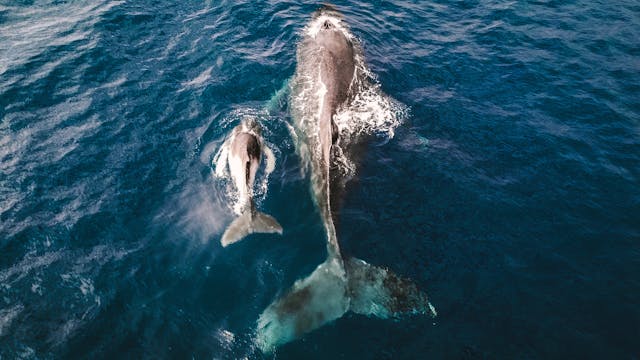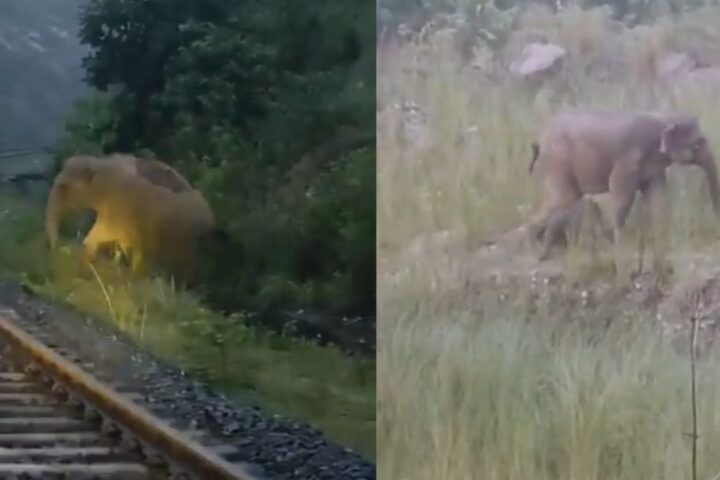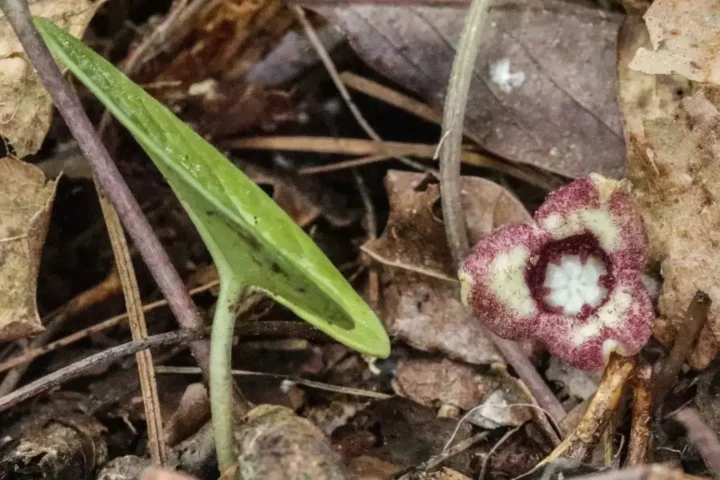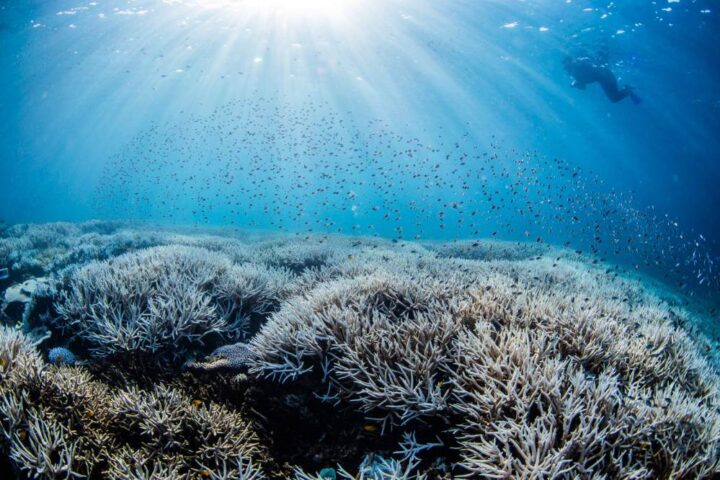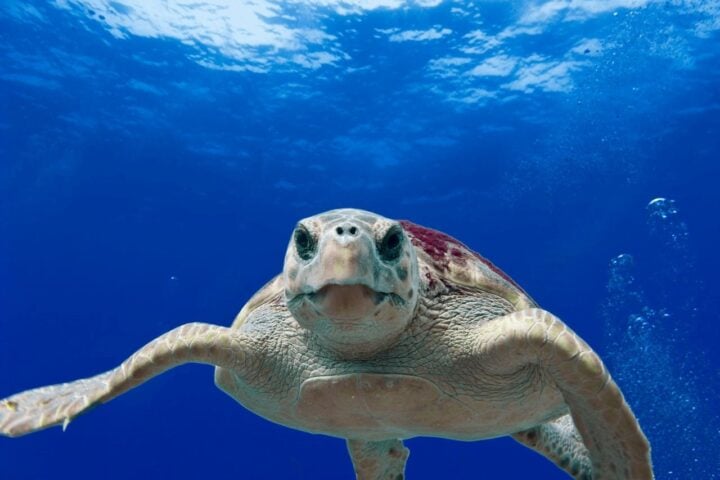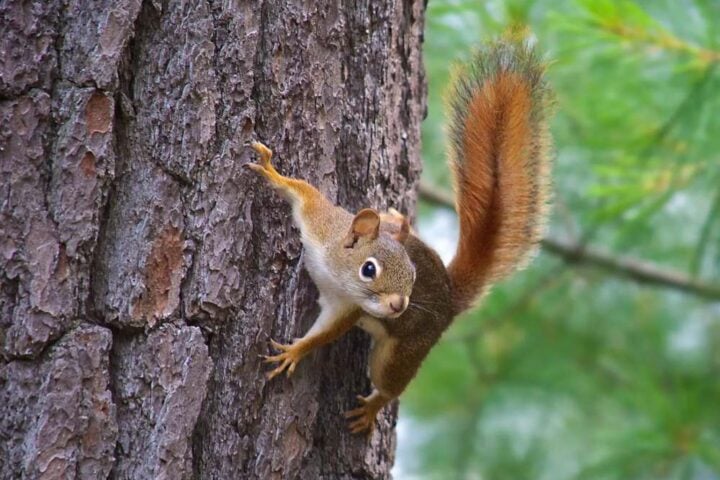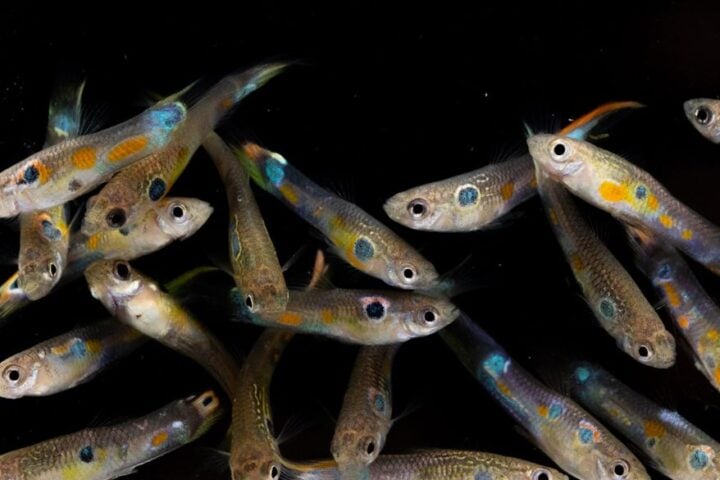In a recent study from the University of Rochester, led by Damian Sowinski, researchers have brought to light a novel perspective on how living beings use information to survive. They’ve applied semantic information theory to a foraging model, which mirrors the way organisms interact with their environment. This approach is a leap from traditional information theory, focusing not just on data but on the survival-relevant correlations. Sowinski explains, “Our work is a promising first step to answering a bigger question: What in the world causes a lifeless rock full of pebbles to eventually be covered with purposeful entities that are interacting meaningfully with one another and their environment?”
The crux of the study is the concept of a ‘semantic threshold.’ This threshold defines the point where the survival of an organism, seen as an agent, is impacted by the quality of information it receives. The team discovered that above this threshold, the agent’s survival isn’t significantly affected by losing some information. But below it, each bit of information becomes critical. This finding is pivotal for understanding how organisms use environmental data for survival.
Similar Posts
In this study, the ‘agent’ refers to an organism, and its ‘sensor’ to the organism’s ability to perceive its environment. The researchers explored how the fidelity of these sensors, especially under conditions of noise or disruption, affects the agent’s ability to forage and survive. They found that the agent’s survival is closely linked to how well its sensor can detect resources amidst this noise.
The study offers a quantitative approach to understanding the connections between an agent and its environment. Gourab Ghoshal, a coauthor, notes, “One of the most basic things that life does is consume resources while navigating in space.” By measuring these connections, the researchers shed light on the role of information in an agent’s ability to maintain its existence.
This research not only adds a new chapter to biology but also to information theory. It shows how living systems, unlike non-living ones, harness information to survive and reproduce. This distinction between living and non-living is crucial in understanding the role of information in biological systems.
The implications of this study are vast, extending beyond biology to inform the design and behavior of artificial autonomous systems. It’s a significant step towards a comprehensive theory of semantic information, with practical applications in biological modeling and understanding the evolution of information processing in living systems.
This study by Sowinski and his team advances our understanding of how living beings process environmental information for survival. It provides a robust framework for future research in the dynamics of living systems and opens new pathways for exploring how organisms navigate complex environments.

